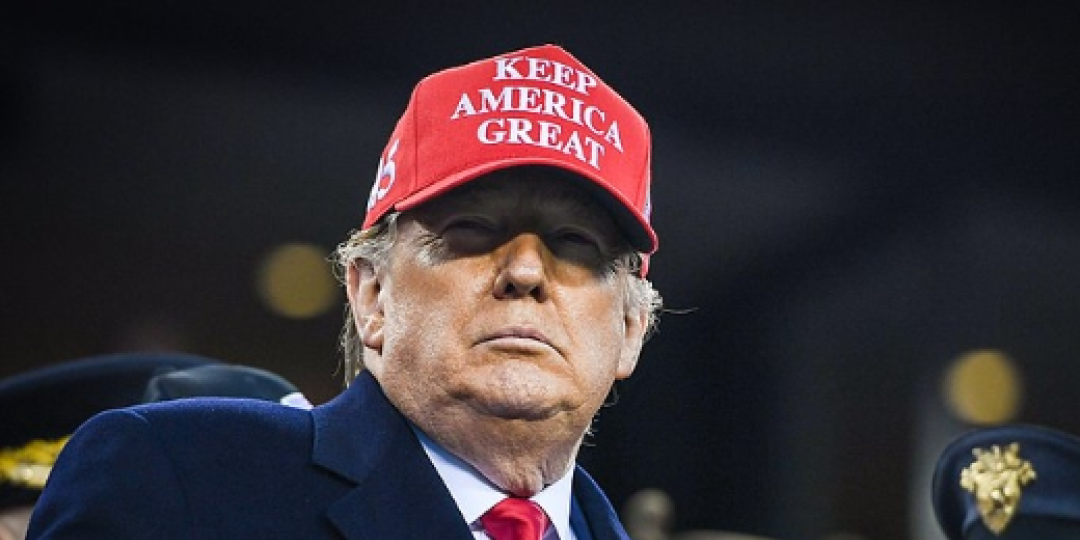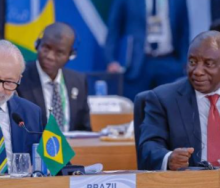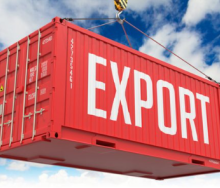Donald Trump, the US presidential hopeful and bête noire of Kamala Harris, has unveiled plans to impose a 20% tariff on all imports, with an even steeper 60% to 100% levy on goods from China.
The ‘comeback kid’ presented the plan during a rally in North Carolina, describing it as a measure to protect American jobs and counteract what he claims are unfair trade practices by foreign countries.
He stressed that the tariffs would ensure these nations "compensate" the US for historical trade imbalances.
Economic experts have raised alarms over the potential consequences of Trump’s tariff proposals.
A report from the Peterson Institute for International Economics suggests that the tariffs could result in higher consumer prices, with middle-income households expected to bear an average additional cost of over $2 600 annually.
The study also warns that lower-income families would be disproportionately affected by these price hikes, deepening concerns over the broader economic impact.
During his first term in office, Trump introduced tariffs on Chinese imports in 2018, which led to a 70% rise in transpacific freight rates.
Freight rate intelligence platform Xeneta has cautioned that the new tariffs could lead to a similar surge in shipping costs, as US importers scramble to accelerate deliveries before the tariffs come into effect.
Such a move could once again destabilise transpacific trade routes, adding to the concerns about the potential economic fallout.
Economists have criticised Trump’s tariff proposals, calling them overly protectionist.
Many warn that such measures could create a "perfect stagflation machine", disrupting global supply chains and prompting retaliatory tariffs from international trade partners.
Analysts at Goldman Sachs have highlighted that the proposed tariffs could worsen the US affordability crisis, leading to job losses and increased costs for American consumers.
In a recent debate, Trump defended his tariff plan in the face of criticism from Harris who argued that the previous tariffs failed to address the challenges posed by China and advocated for a more collaborative approach with US allies.
She contended that broad tariff measures could weaken American competitiveness in the long run.
As the 2024 presidential campaign heats up, Trump’s tariff proposals are likely to remain a contentious issue, with significant implications for both the US economy and international trade relations.













